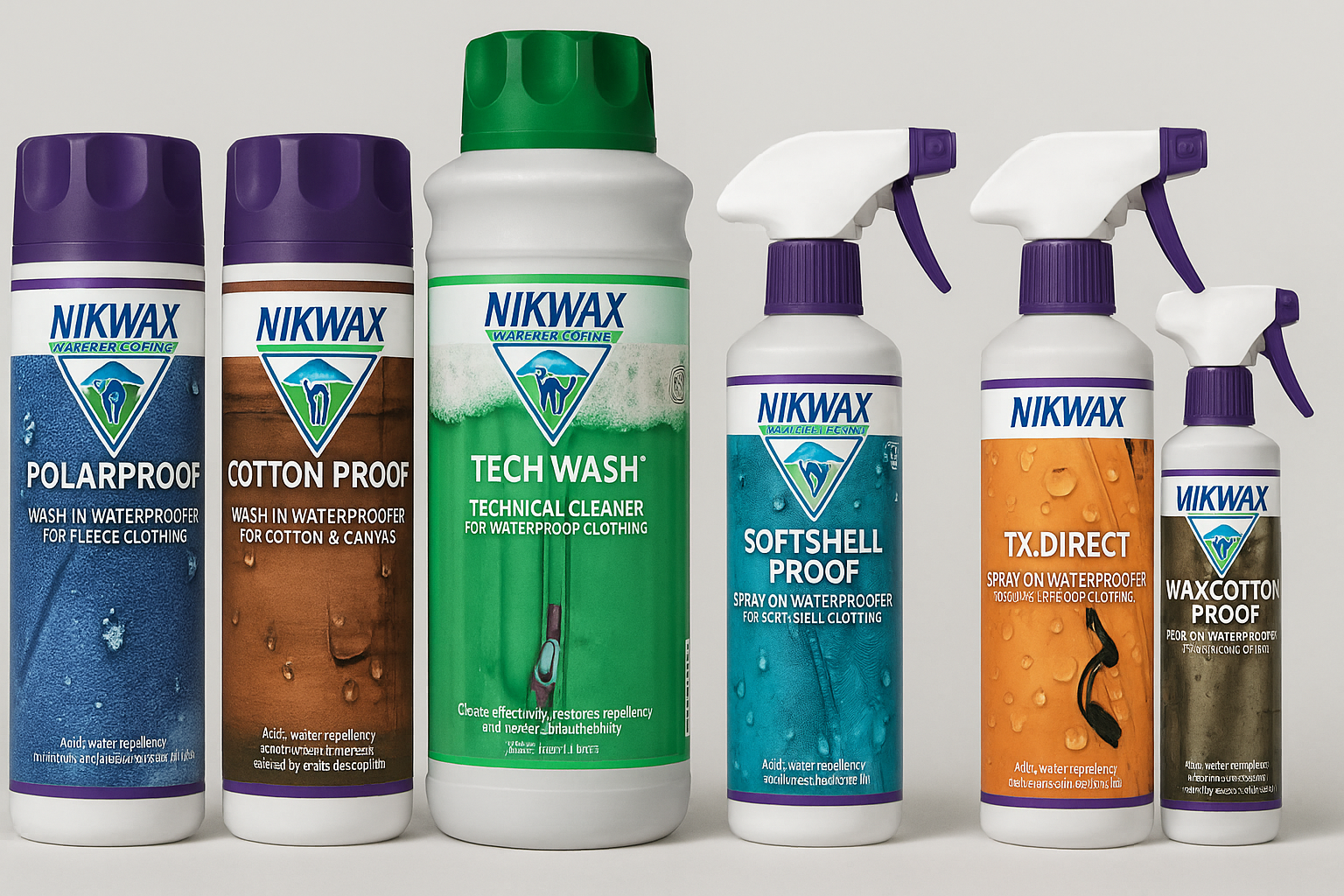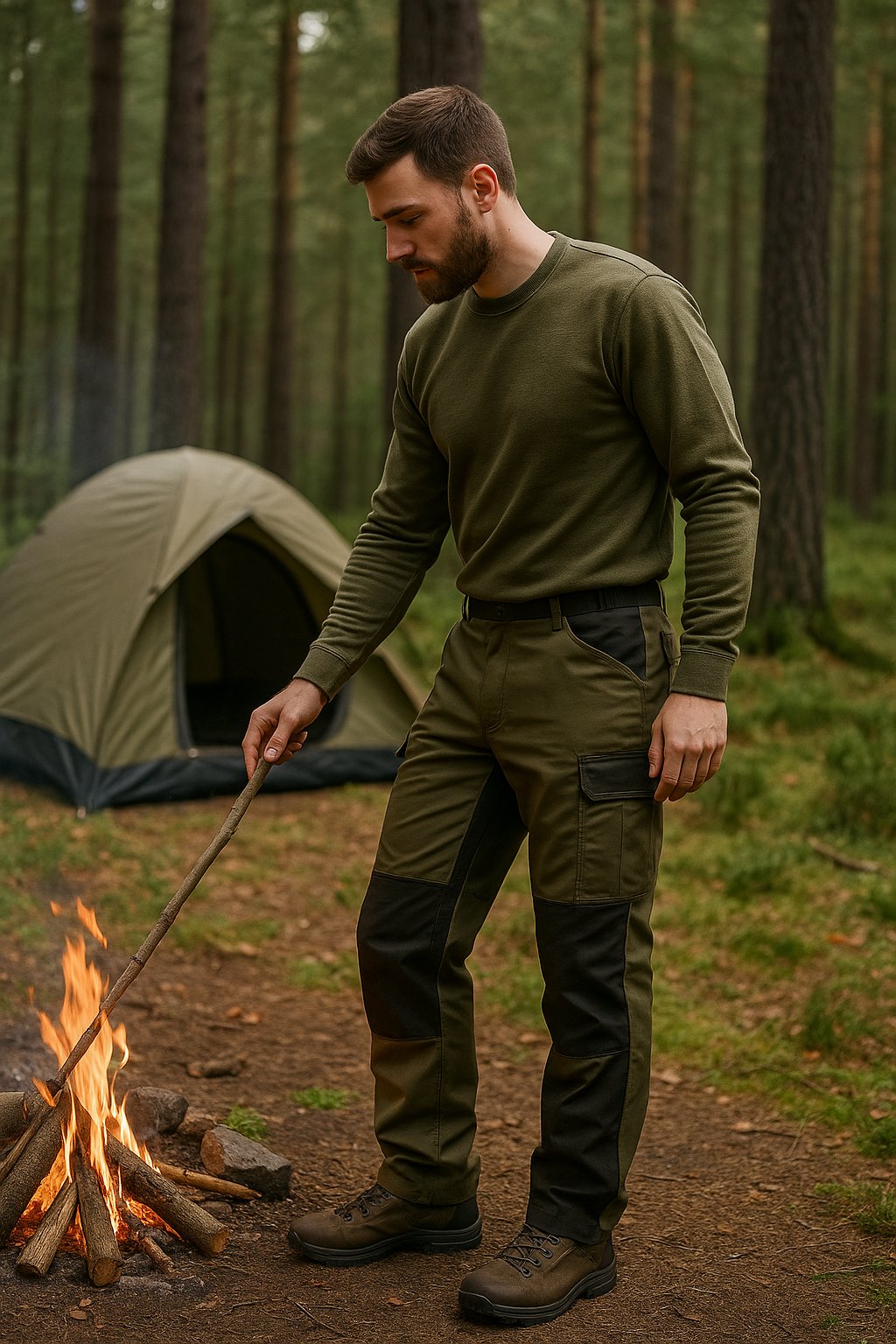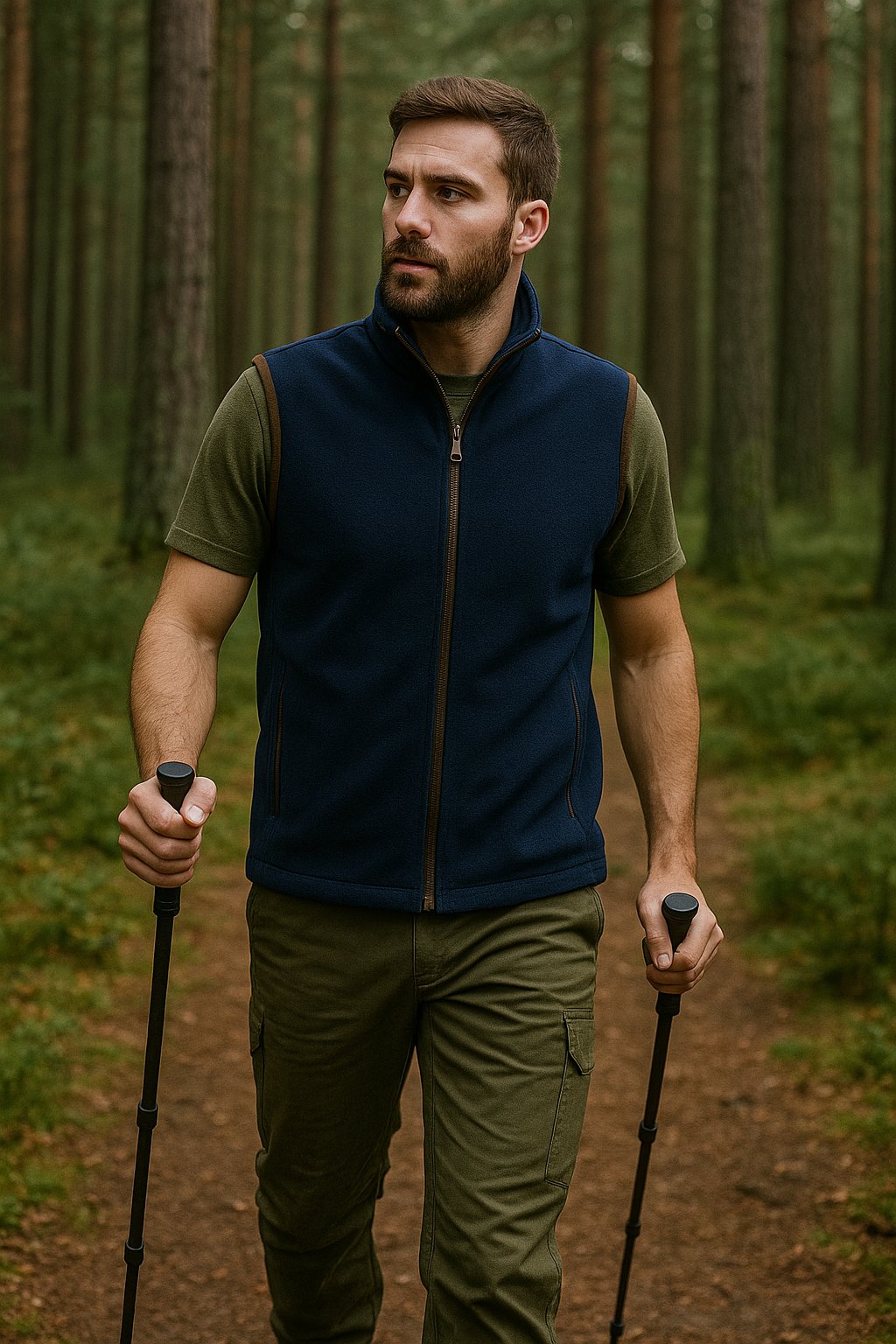How Technical Clothing Keeps You Warm and Dry in Harsh Weather Conditions
Ever been caught in a rainstorm while hiking, or felt the biting cold while skiing? That’s when you realize the importance of staying warm and dry. Harsh weather can not only ruin your outdoor adventure but also put your health at risk. Enter technical clothing—a marvel of modern fabric technology designed to keep you cozy and protected no matter what the weather throws at you.
Technical clothing has evolved dramatically over the years. It’s not just about looking cool (although, yes, some of it does); it’s about survival, comfort, and performance in extreme conditions. Let’s dive deep into how this gear works and why it’s essential for anyone venturing into the wild.
What is Technical Clothing?
Technical clothing refers to specially designed apparel engineered to protect you from extreme weather. Unlike regular clothing, it uses advanced fabrics and construction techniques to offer insulation, moisture control, and weather resistance. Think of it as your personal shield against the elements, whether you're scaling a mountain or braving a winter storm in the city.
The Science Behind Technical Fabrics
There’s more to technical clothing than meets the eye. It’s not just about throwing on a jacket and calling it a day. The materials and construction are carefully selected to balance warmth, breathability, and water resistance.
Moisture-Wicking Materials
One of the key features is moisture-wicking technology. This pulls sweat away from your skin, keeping you dry and preventing that clammy feeling when the temperature drops.
Insulation Technologies
For warmth, technical jacket uses innovative insulation materials like PrimaLoft or down that trap heat close to your body without adding bulk.
Waterproof and Breathable Fabrics
Waterproof yet breathable fabrics like GORE-TEX keep rain and snow out while allowing sweat to escape. It’s the perfect balance of protection and comfort.

Why You Need Technical Clothing in Extreme Weather
When facing harsh weather, you need more than a basic jacket. Without proper gear, exposure to cold and wet conditions can lead to serious health risks like hypothermia or frostbite. Technical clothing isn’t just for comfort; it’s for survival.
Layering System in Technical Clothing
One of the core principles of technical clothing is the layering system, designed to provide maximum warmth and adaptability.
Base Layer: Managing Moisture
The base layer is crucial for keeping moisture away from your skin. Fabrics like merino wool and synthetic blends do this effectively.
Mid Layer: Retaining Warmth
The mid layer (think fleece or down jackets) traps body heat and keeps you warm. This layer can be adjusted based on the temperature.
Outer Layer: Protection Against Wind and Water
Finally, the outer layer shields you from wind, rain, and snow. Jackets made from GORE-TEX or other waterproof materials keep the elements at bay.
Key Features of Technical Clothing
Waterproofing
Waterproof technical clothing uses fabrics like GORE-TEX with sealed seams to ensure no water gets in.
Breathability
Breathability is key to staying comfortable. Advanced materials allow moisture vapor to escape without compromising waterproofing.
Wind Resistance
Wind-resistant fabrics stop cold gusts from sapping your warmth, which is especially important in blustery conditions.
Thermal Insulation
Insulating fabrics like PrimaLoft and Polartec keep you warm by trapping air close to your body, creating a buffer against the cold.

Common Materials Used in Technical Clothing
Merino Wool
Merino wool is a natural fiber that excels at moisture management and odor resistance, making it ideal for base layers.
GORE-TEX
GORE-TEX is the gold standard in waterproof, breathable fabrics. It’s used in everything from jackets to gloves and boots.
PrimaLoft
PrimaLoft is a synthetic insulation material that mimics down but performs better in wet conditions.
Polartec
Polartec is known for its excellent warmth-to-weight ratio and breathability, making it perfect for mid layers.
How Technical Clothing Keeps You Warm
Technical clothing excels at trapping body heat. Insulating layers create a barrier of warm air around you, while moisture-wicking materials prevent sweat from making you cold.
How Technical Clothing Keeps You Dry
Staying dry is critical in harsh weather. Waterproof outer shells block rain and snow, while moisture-wicking base layers move sweat away from your skin.
Technical Clothing for Different Weather Conditions
Cold and Snowy Climates
In snowy conditions, insulation and waterproofing are vital. Down jackets paired with waterproof shells provide warmth and protection.
Wet and Rainy Environments
For rainy conditions, focus on waterproof, breathable outer layers. Look for sealed seams and DWR coatings.
Windy and Stormy Conditions
When facing strong winds, opt for windproof jackets that prevent heat from escaping while offering a snug, comfortable fit.
Benefits of Technical Clothing
Durability
Technical clothing is built to last. The materials are designed to withstand harsh conditions without wearing out quickly.
Versatility
Whether you're hiking, skiing, or simply walking your dog in bad weather, technical clothing adapts to a wide range of activities.
Comfort and Mobility
Despite their robust protection, technical garments are made with flexibility and comfort in mind, allowing for easy movement.
Technical Clothing for Outdoor Activities
Hiking and Trekking
For hiking, focus on lightweight, breathable layers that wick moisture and protect against the elements.
Skiing and Snowboarding
Ski gear demands insulation and waterproofing. Look for specialized ski jackets and pants with reinforced seams.
Mountaineering
For mountaineering, prioritize high-performance gear that offers maximum warmth and wind resistance without restricting movement.


Caring for Your Technical Clothing
Washing Guidelines
Always follow the manufacturer’s instructions. Most technical clothing can be washed in cold water and air-dried.
Restoring Waterproof Properties
Over time, waterproofing can degrade. Reapply a DWR (Durable Water Repellent) spray to restore the fabric’s water resistance.
Proper Storage
Store technical clothing in a cool, dry place. Avoid compressing items like down jackets, as it can damage the insulation.
Choosing the Right Technical Clothing for Your Needs
Climate Considerations
Consider the climate you’ll be in. Cold climates require insulation, while wet climates call for waterproof gear.
Activity Type
Tailor your clothing to your activity. High-energy activities need breathable materials, while low-activity environments demand more insulation.
Fit and Comfort
Ensure your gear fits properly. Loose clothing allows for layering, while a snug fit prevents cold air from getting in.
Technicals clothing is your best defense against harsh weather. Whether you’re hiking in the rain, skiing in the snow, or just braving a winter commute, investing in quality gear will keep you warm, dry, and comfortable. Don’t underestimate the power of good technical clothing—it’s an essential part of enjoying the great outdoors, no matter the conditions.







Leave a comment